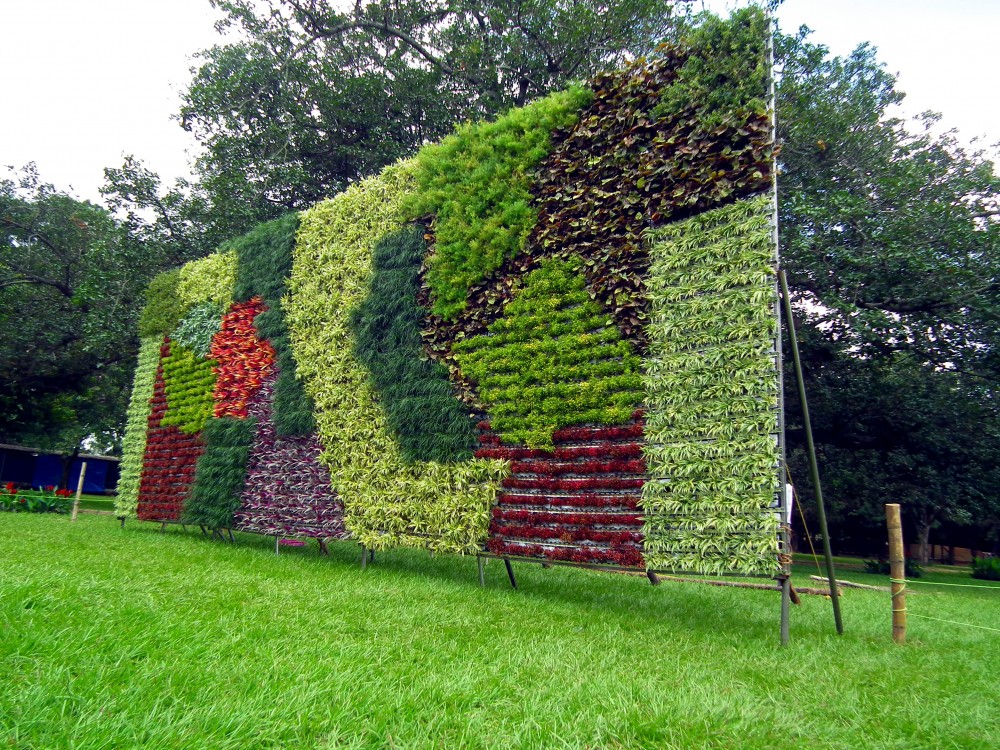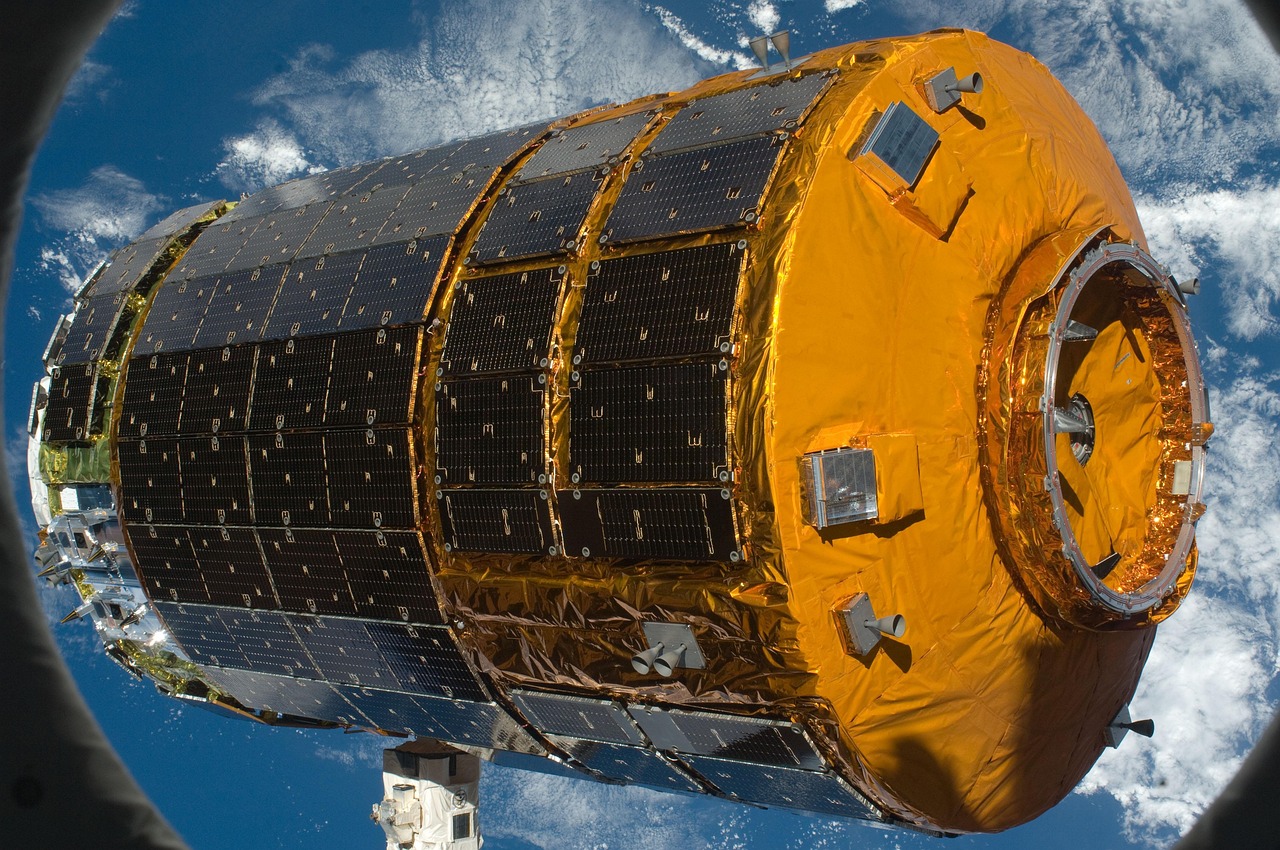Sustainability & Vertical Gardens
Agriculture is clearly going through a major revolution as more automation and robotics technologies are used to transform farms of all sizes. IndustryTap has reported on automated farm machines that are large enough for huge multinational agricultural companies to grow and harvest crops with very little human involvement. On the smaller end, there is a revolution taking place in Community Supported Agriculture (CSA) with an equally revolutionary availability of “Do It Yourself” DIY farm machinery that is opensource, online, and can be built by anyone.
IndustryTap has also reported on trends in urban agriculture where old factory buildings and even large shipping containers are transformed into hydroponic farms that bring growing opportunities and local business where previously vegetables and fruits were only available when shipped from large distances by large companies. This would usually mean the wide availability of fruits and vegetables, but with a lack of variety and a tendency to provide food that is “designed” to have the longest shelf life possible.
Indoor & Outdoor Vertical Gardens
Along with these trends is a new trend toward growing “vertical gardens.” Vertical gardens allow growers to garden up and not out. There are many types of vertical gardens from wood structures to twisted carbon towers that help growers who have limited space availability. These types of gardens have small root systems, and this helps growers to create modular installations that can be highly productive, can be brought inside during the winter, are portable or can be hung vertically from any structure. The only requirement is that vertical gardens are provided with a south or southwestern exposure so the plants get plenty of sunlight.
In addition to fruits and vegetables, vertical gardens can be of flowers and often these gardens are framed which provides a more aesthetically pleasing garden. Finally, as growers gain experience they can go beyond staking just beans, tomatoes, and herbs to growing a wider variety of crops.
There are many companies entering the “vertical garden” space from US-based companies to Mexican and Chinese companies. One added benefit of the vertical garden trend is food banks around the country, which provide food to undernourished people and are beginning to adopt this approach to improve the nutrition they provide.
The following video shows a vertical garden installation and operation.







